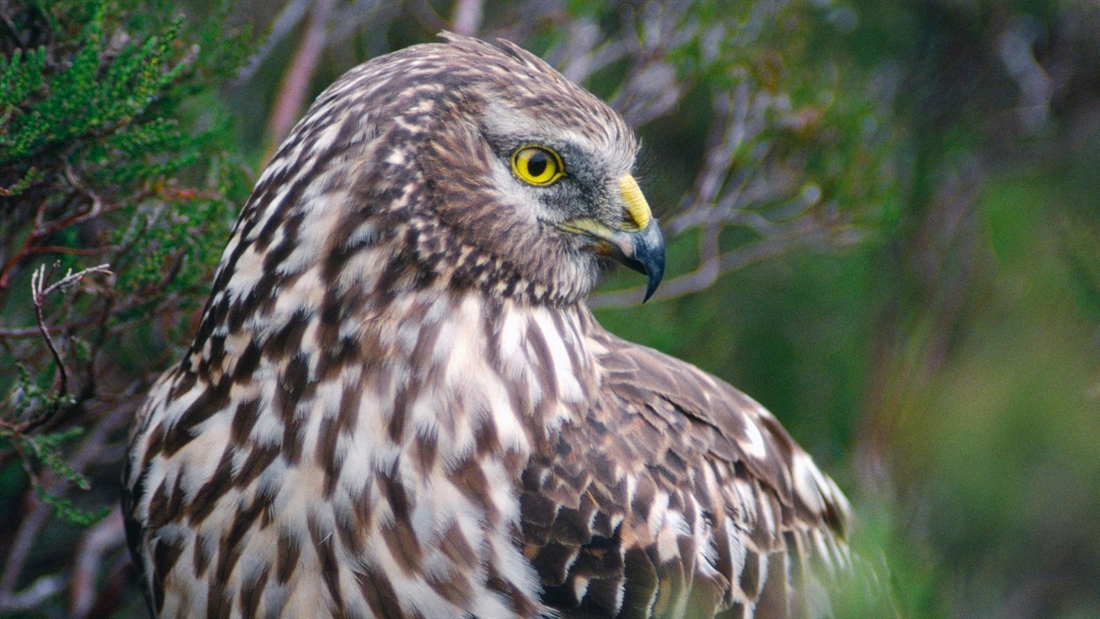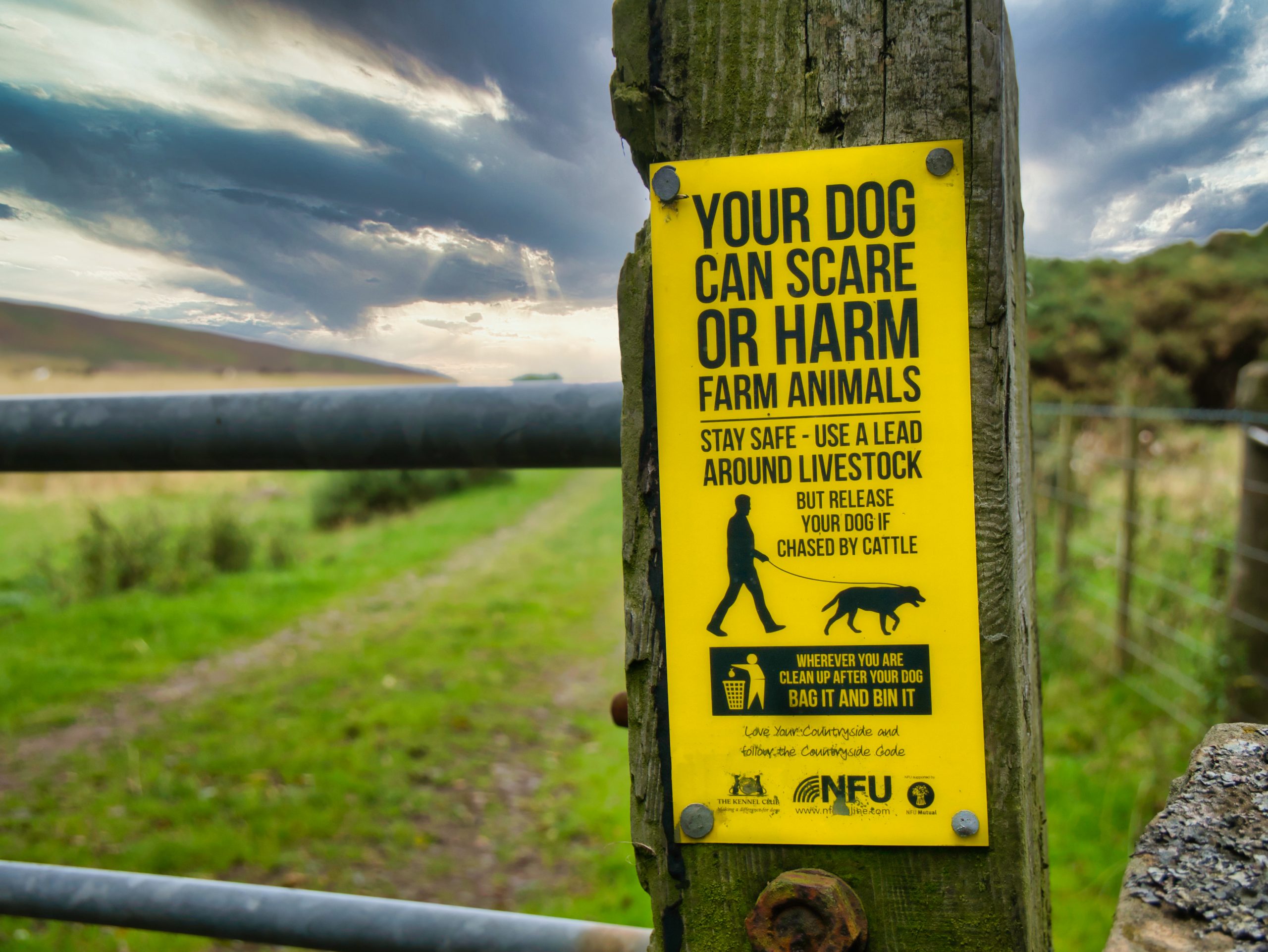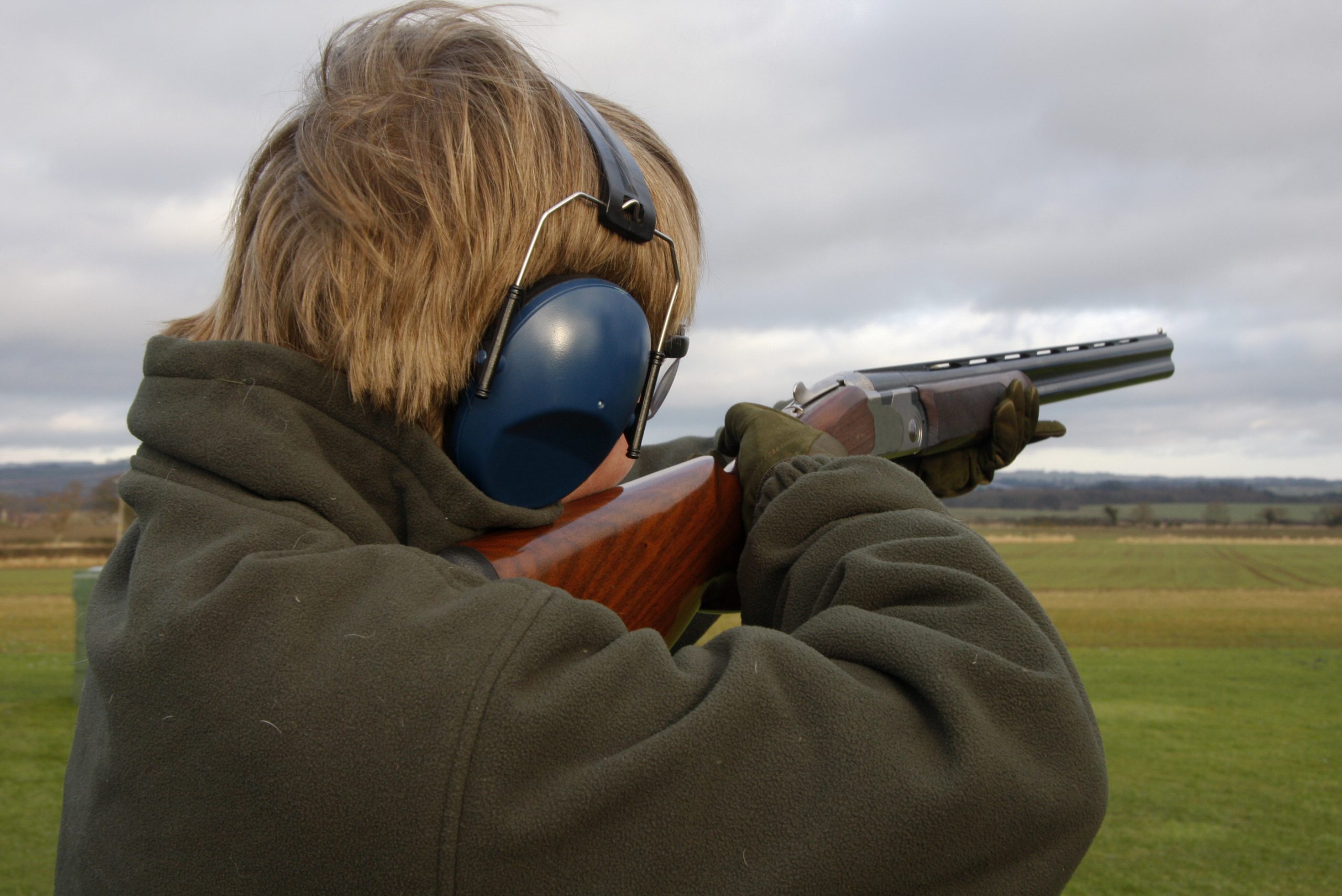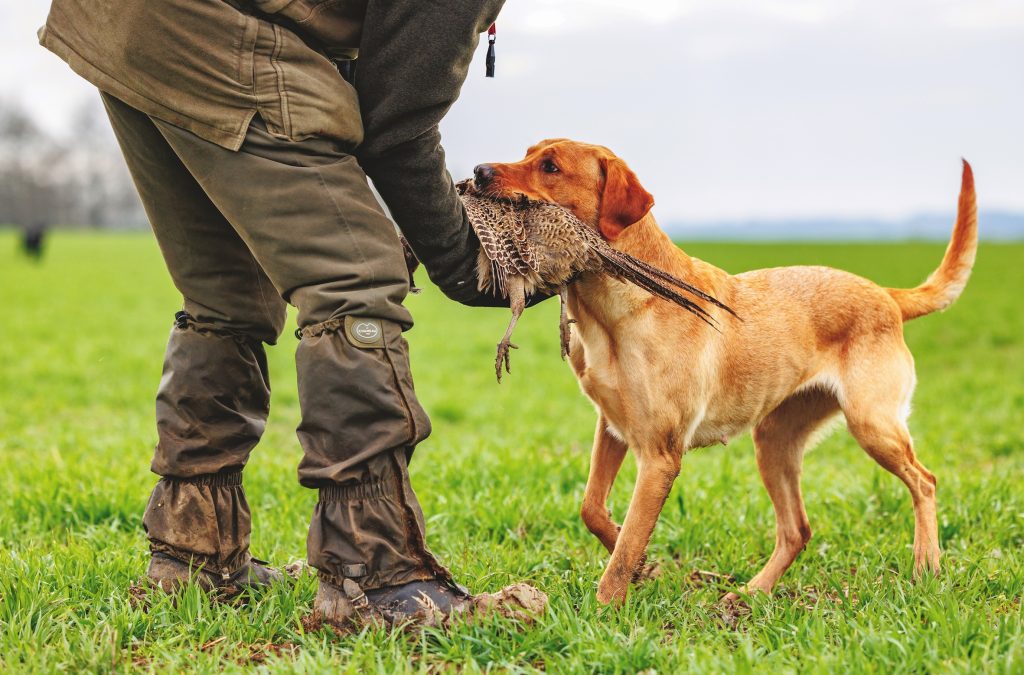A record year for hen harriers thanks to gamekeepers!

Gamekeepers are the real heroes when it comes to the recent breeding success story of the hen harrier, but you won’t hear that from the likes of the RSPB, says Tim Weston
The shooting sector has a really great story to tell for the most part in terms of conservation successes. I am not saying that everything is rosy in the garden of Eden but, by and large, tracts of land that are managed for shooting show greater biodiversity than those that aren’t; and biodiversity gain is a nature target for the UK. I have said time and time again that a good news story is one that is very difficult to sell to the press. If we just look at Covid, for example: when the daily case rates stopped rising and started to come down to a low level, they stopped making headlines, even though surely this was the good news that the public wanted to hear. The simple fact is that good news doesn’t sell.
At the beginning of August, there was some really good news reported by the National Gamekeepers’ Organisation and the Moorland Association of a record year for hen harrier chicks being fledged. This is really important because these numbers have been steadily increasing over the last four years and the vast majority of these birds have come from moorland managed for driven grouse shooting. 2021 has seen 77+ hen harrier chicks fledge; 19 of the 24 nests were located on moors managed for driven grouse shooting and 80% of all hen harriers live on driven grouse moors. Why was this not reported more widely? It could be the lack of a proper celebrity to stand in front of the camera but more probably because good news is no news at all.
Having said that, the facts and figures are quite stunning and in the most part it is to do with the hard work of the upland keepers and the Hen Harrier Recovery Project. This project uses all sorts of means to help hen harriers increase their range in England, including brood management. This is where, if the threshold of a moorland’s capacity to hold hen harriers is exceeded, the additional young chicks are moved to another location to repopulate that area. It is used by many conservation bodies on many projects for both mammals, reptiles and birds and can be quite successful as has been proven over the last four years. So far, the hen harrier population has increased by 800%, almost exclusively on grouse moors.
Not everyone is happy about this. The RSPB, for example, have refused to be part of this ground-breaking and meaningful project to enhance the population of the hen harrier. They have stated that until persecution is eliminated they will not help the project. Instead of doing real conservation work to get more of these iconic birds back, the RSPB are focusing on enforcement and monitoring nests. My personal opinion is that if they had put some of that energy into managing their own moorland, they might also have the odd harrier flying about. Instead, they will have to wait for a bird that has been born, fed and fledged on a grouse moor to pop over to say hello. They don’t tend to stay long on nature reserves because generally there is little for them to eat.
It is early days yet, but I haven’t seen any acknowledgement from the RSPB or Chris Packham as to the success this project has had so far and to the work of the estates, landowners and importantly gamekeepers in making this happen. In just a couple of years, the density of the hen harrier population in England could easily be what the RSPB estimate it “should” be and even exceed it, with no help from them at all. When this happens, I wonder who will be getting the credit for it? I only hope that we, as a group, can get the truth about wildlife management out there to a wider section of society and showcase the good work that gamekeepers do.
It is not just in the uplands where shooting plays its part in biodiversity gains. All over the UK, shoots are helping to actively manage wildlife and land for the better – mostly privately funded because landowners and gamekeepers are passionate about the environment. Stone curlews in much of southern England would now be extinct if it wasn’t for farmers putting curlew plots onto their fields and gamekeepers doing the best they can in terms of predator control. This combined effort over many thousands of acres can and will help – if so-called conservation charities such as the RSPB and Wild Justice stop getting in the way of those that can make a meaningful difference.





